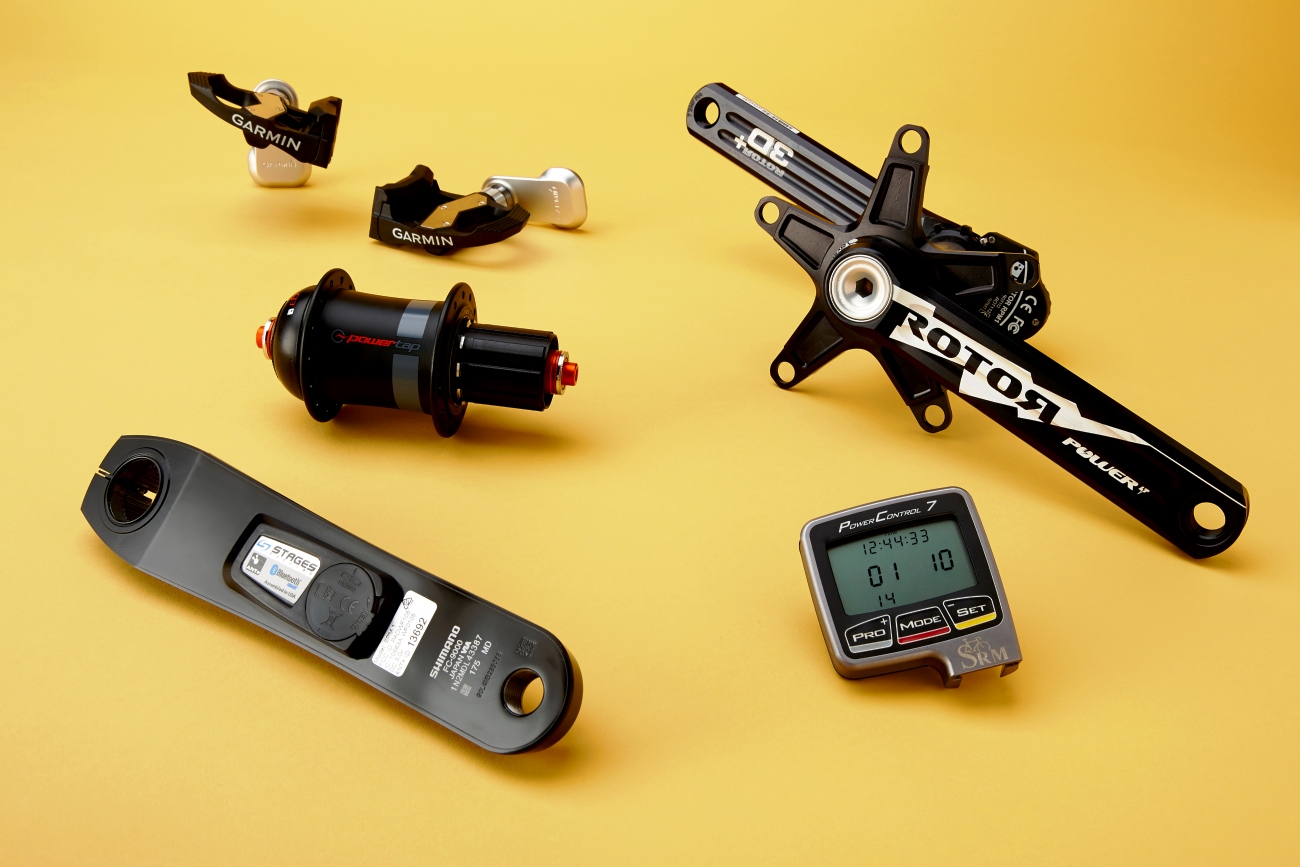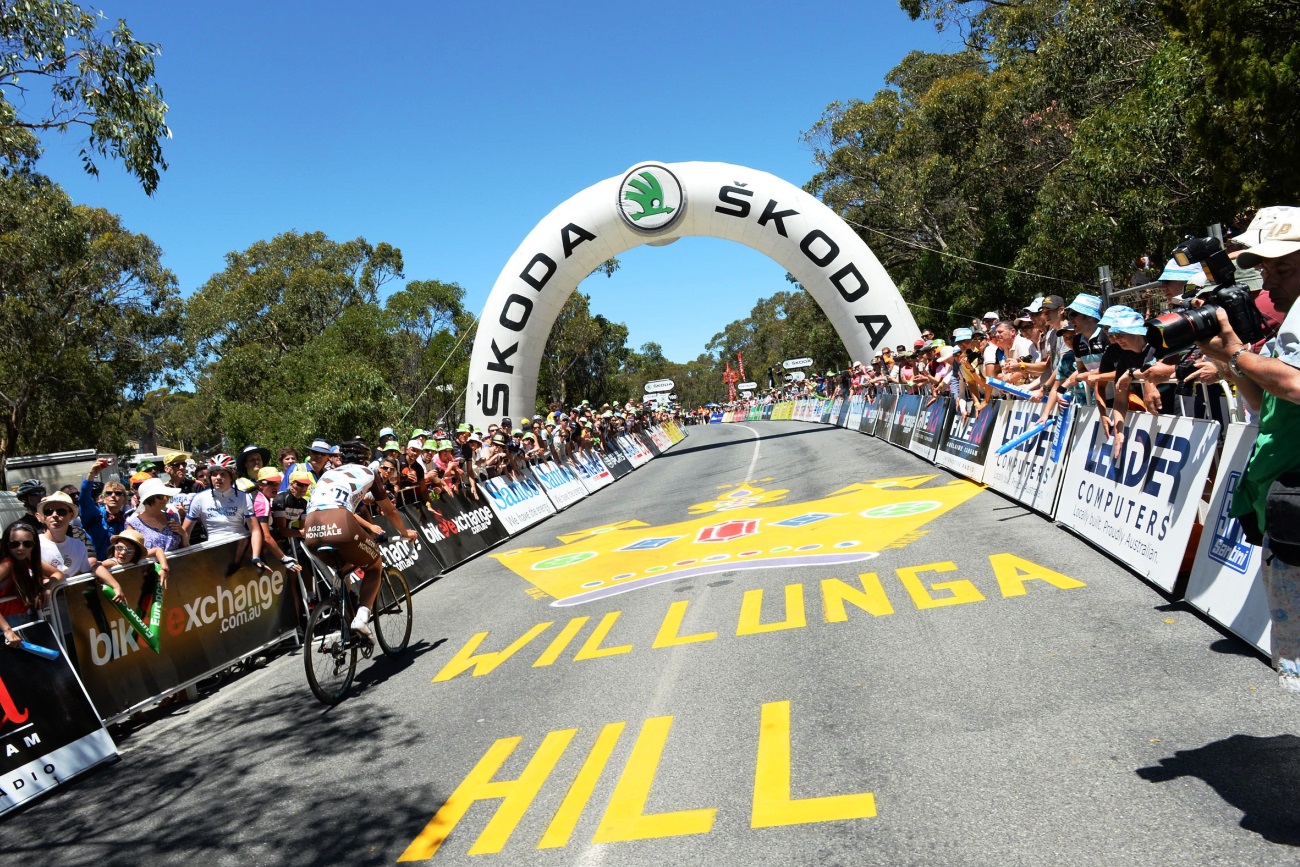5. Data analysis
-

Training with power might still be reasonably expensive, but it's by far the best metric for measuring your effort
-

-

There's no reason why your smartphone can't be your most valuable resource for all things cycling-related
-

While power meters were once the preserve of pro cyclists, they're now increasingly popular with amateurs
-

-

Sprint like Mark Cavendish away from traffic lights (Pic: Tim De Waele/TDW Sport)
5. Data analysis
One of the areas where power really comes into its own is when it comes to the analysis of training.
As I have previously mentioned, having a power meter takes the guesswork out of training by removing all of the variables and simply telling you how well (or badly!) you are going in a particular session.
The athletes I coach who use power will all have a group of key sessions that they will complete on a fairly regular basis. As a coach, I can then compare the power outputs across a series of controlled sessions to see how each individual is improving. This gives an objective measure of improvement.
There are many different programs out there that can be used to analyse your power data. I use Training Peaks because, in my opinion, it presents all possible data analysis tools while still being user friendly. Other programs on the market include Golden Cheetah, PowerAgent, Garmin Connect and Strava.
There are two key features you should look for in any analysis program. The first of these is a ‘peak power chart’, which allows you to compare your best-ever power outputs over different lengths of time to your power outputs in the particular session you are looking at. This chart is great to see where you can make improvements, how good you are compared with last season and how good this week’s session was compared to last week etc.
Training stress balance
The second feature you should look for is a ‘performance management chart’. This graph allows you to plot how hard every training session has been and, therefore, follow how much cumulative training you have done, how tired you are and what we call your ‘training stress balance’ (TSB). This is how tired you are compared with how much training you have done.
For example, if you are very fit then you won’t feel as tired the day after a race as if you are very unfit. A very fit athlete may only need one day of recovery post-race, whereas an unfit athlete might need three to four days of reduced training. TSB gives this measure a numeric value and allows you to see at what level of freshness you are likely to perform at your best – very useful when tapering for a big event.
Another great feature of a power meter is it allows you to correctly balance workload and recovery. During a block of training, not only are you getting fitter but you are also becoming more and more fatigued. When the amount of fatigue overtakes the amount of fitness you have gained, it is time to take a step back and recovery before the next block of training.
Training with a power meter means you can see exactly when this happens, so if you aren’t putting out the same numbers in the same session as last week, despite the fact you have been training well since then, it is probably time for a recovery block.
For those new to power I would recommend doing some research before you start to analyse your training. A great place to start is Training and Racing with a Power Meter by Hunter Allen and Andrew Coggan (ISBN 978-1-934030-55-4).
I would also recommend working with a coach as there is so much data that is available for analysis that sometimes it is difficult to see the wood for the trees if you are coaching yourself. I am a coach myself but I also have a coach who oversees my training. This way you get a non-bias and objective opinion on your training. Any coach worth their salt will also be more than happy to explain the various analysis tools and explain to you what they have seen in your power data and why they are accordingly setting a certain type of training.
I often find that athletes who understand why they are doing a session are a lot more committed to that session than those that don’t know or understand the reasoning behind it.
Finally, let’s take a closer look at two training sessions you can do with a power meter.





